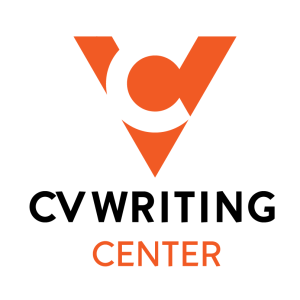
You only get one chance to make a good first impression when looking for a job.
Your resume gives you that chance. Your CV is the most important part of any job application. It should show an HR manager that you are skilled, qualified, and exactly what they are looking for.
The objective of your CV is to sell your talents and expertise to prospective employers. When written well, it can demonstrate to an HR manager or recruiter that you are the ideal applicant for the post.

